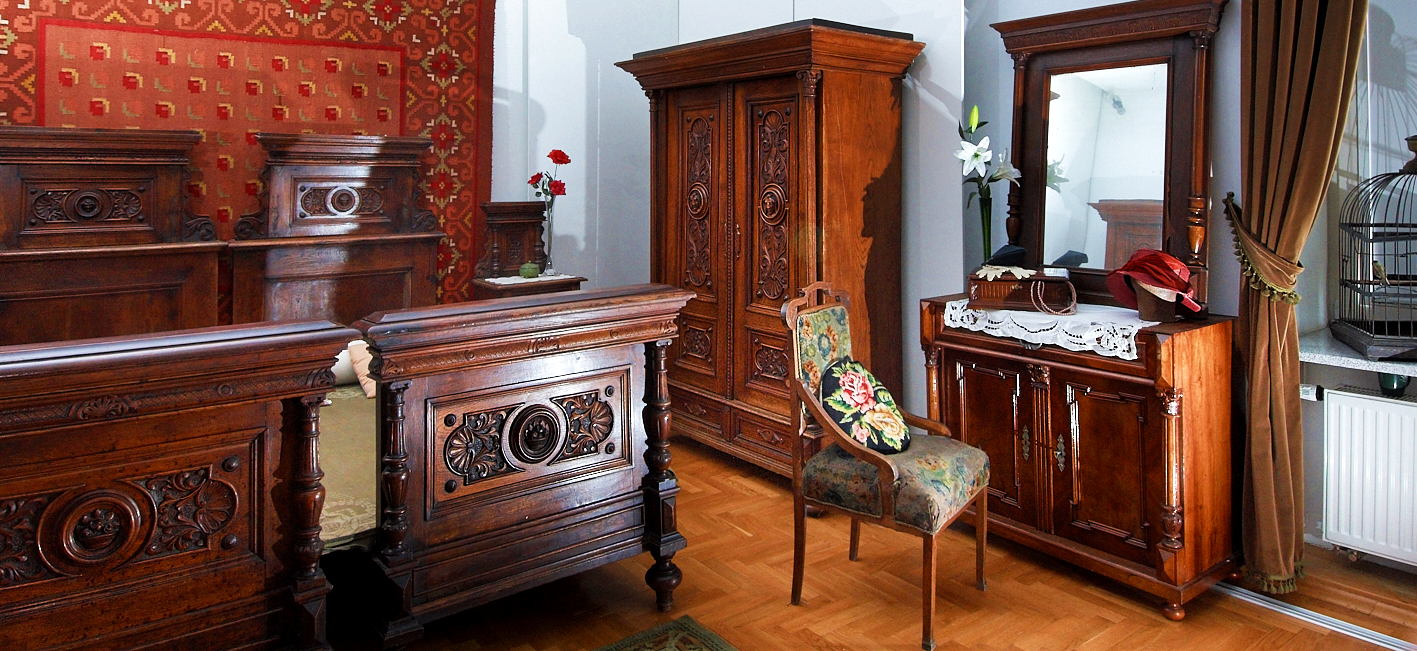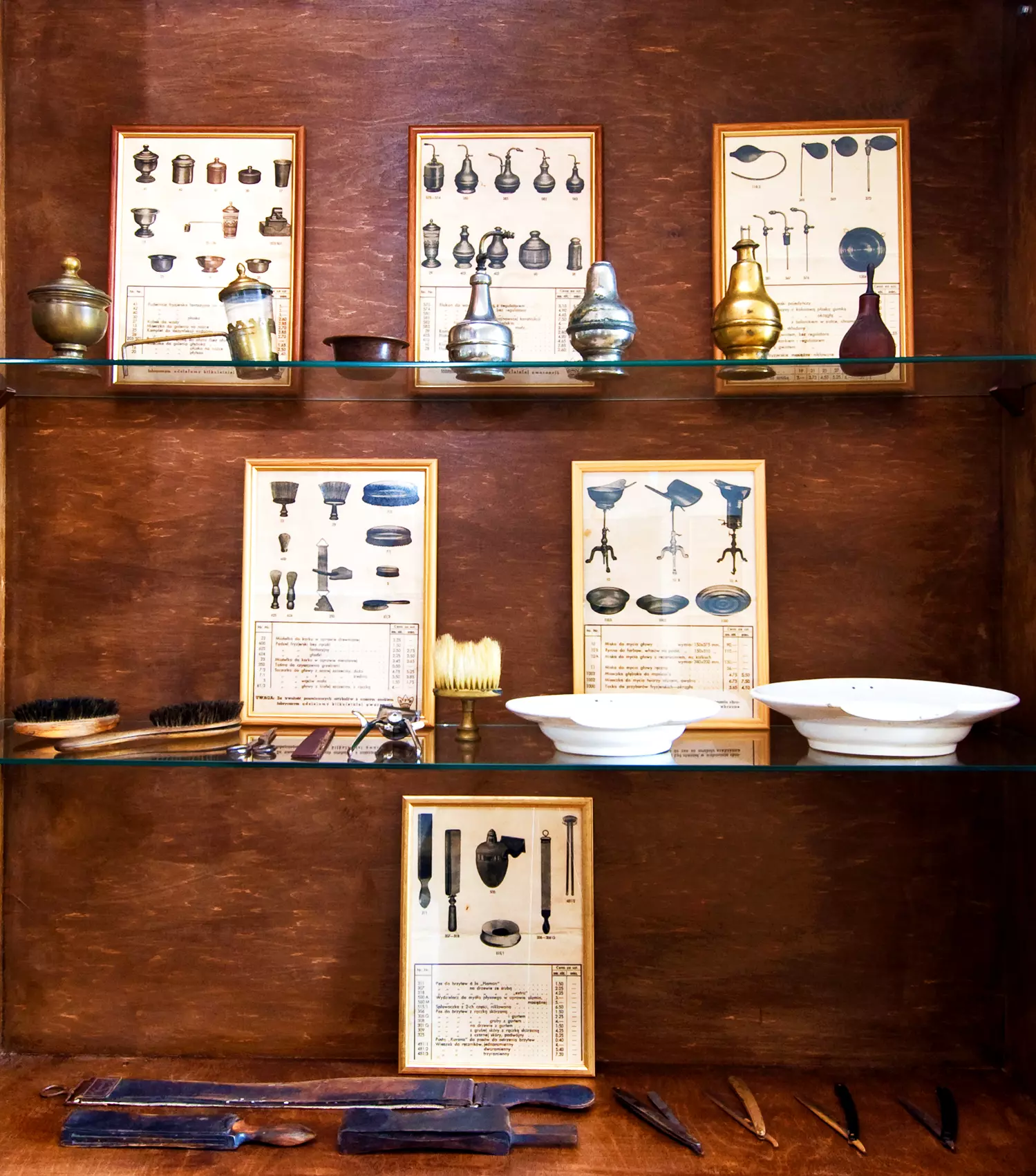History of the City - visiting hours
February 13 to November 15
Monday - 12.00 - 16.00 (last entry at 15.15)
Tuesday - Friday - 9 a.m. - 4 p.m. (last entry at 3:15 p.m.)
August 14 (Monday) (open from 9:00 - 16:00 last entry at 15: 15) paid tickets. Alternatively, free admission on Thursday, August 17 (open from 12:00 - 16:00, last entry at 15:15),
August 15 closed
The average tour of the City History exhibit is 30 minutes.
ENTRY TICKETS:
normal ticket - 15 zł
concessionary pass - PLN 10
History of the City
When you visit the former Clerk's Casino, you can learn about the rich history of Lancut, almost 700 years old. The City History Department, located in the building, is a space that captures the character of the daily life of the local community in the late 19th and first half of the 20th centuries. This space is made up of two expositions - the bourgeoisie one, depicting the material culture, both of the local intelligentsia and the numerous group of craftsmen, and the exposition of the 10th Horse Rifle Regiment - a unit of the Polish Army, which was stationed in Lancut between 1921 and 1939, becoming its pride for its successes during World War II.
Complementing the whole are the summaries of the most important facts presented on monitors, enriched with archival iconography, from which emerges a full view of the extraordinary history of the small
Lancut, which was founded under the Magdeburg and Hungarian laws, was for centuries a center of weaving and metallurgical production. Concentrated initially around the market square and outgoing streets, it was fortified independently from the area of the so-called Bald Mountain, where the first castle was located.
Successively governed by four families - the Pilecki, Stadnicki, Lubomirski and Potocki families - the city was visited from the beginning by many distinguished guests, including crowned heads. Until the partitions, it remained a private city with a few years' break, when it came into the possession of King Wladyslaw Jagiello, husband of the owner of Lancut, Elzbieta Granowska, née Pilecka.
Thanks to its enlightened and enterprising owners, it stood at a high economic level for centuries, except for turbulent periods, such as the reign of Stanislaw Stadnicki, known as the Devil of Lancut. With the First Partition of Poland, it was incorporated into Austria, after which it was established as the county seat. Boasting a large number of intelligentsia, it was subjected to thriving cultural and educational development because of them.
Additionally, it was famous, among other things, for its exquisite liquors, produced in factories owned by Count Potocki. Experienced over the years by Tartar invasions, wars and natural disasters, it was repeatedly rebuilt from destruction. Despite the vicissitudes of fate, it has retained many monuments to this day, such as the Dominican monastery and the parish church, as well as numerous public buildings, townhouses, villas and houses in gardens picturesquely inscribed in the local landscape.




